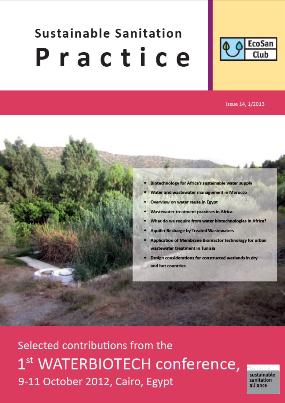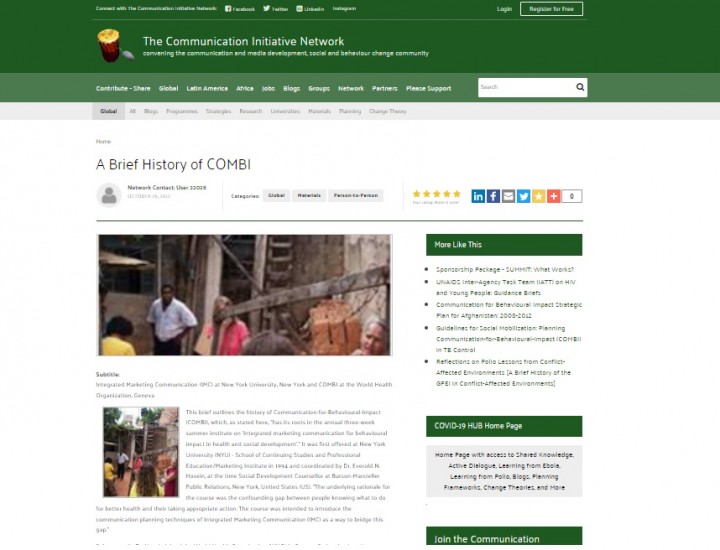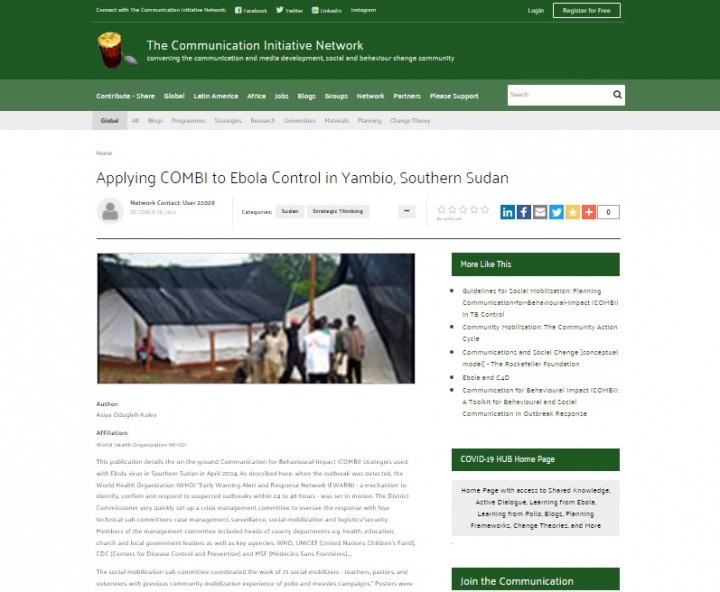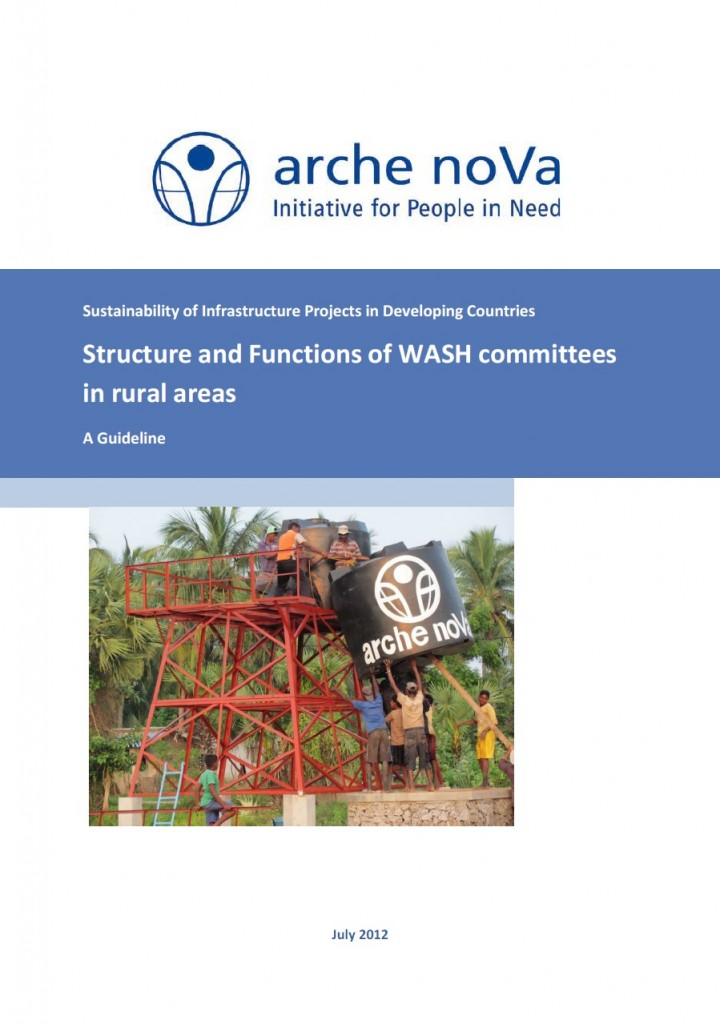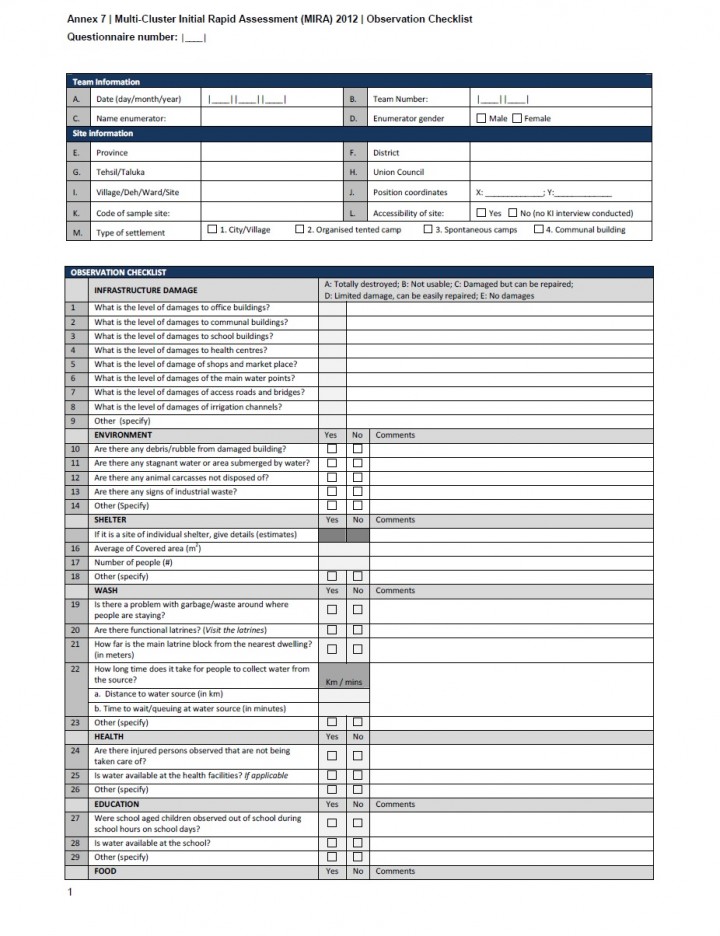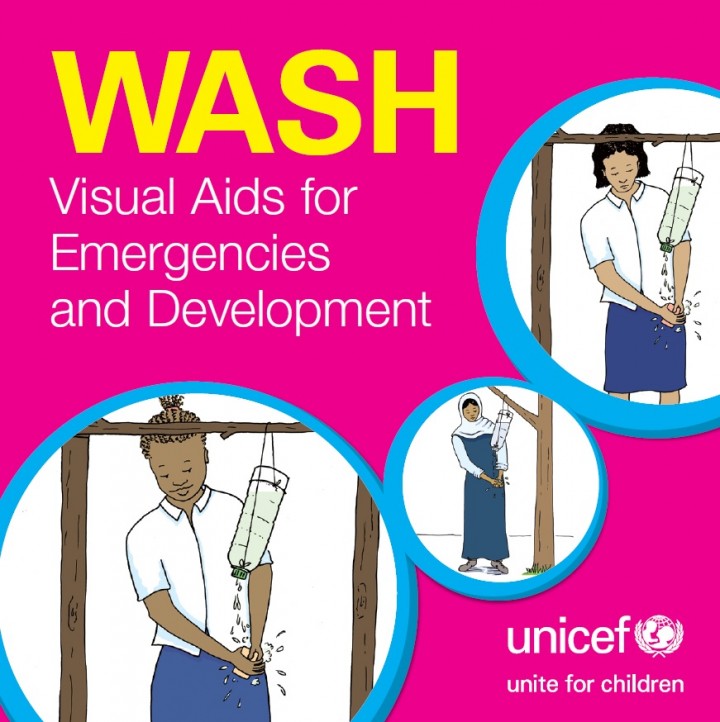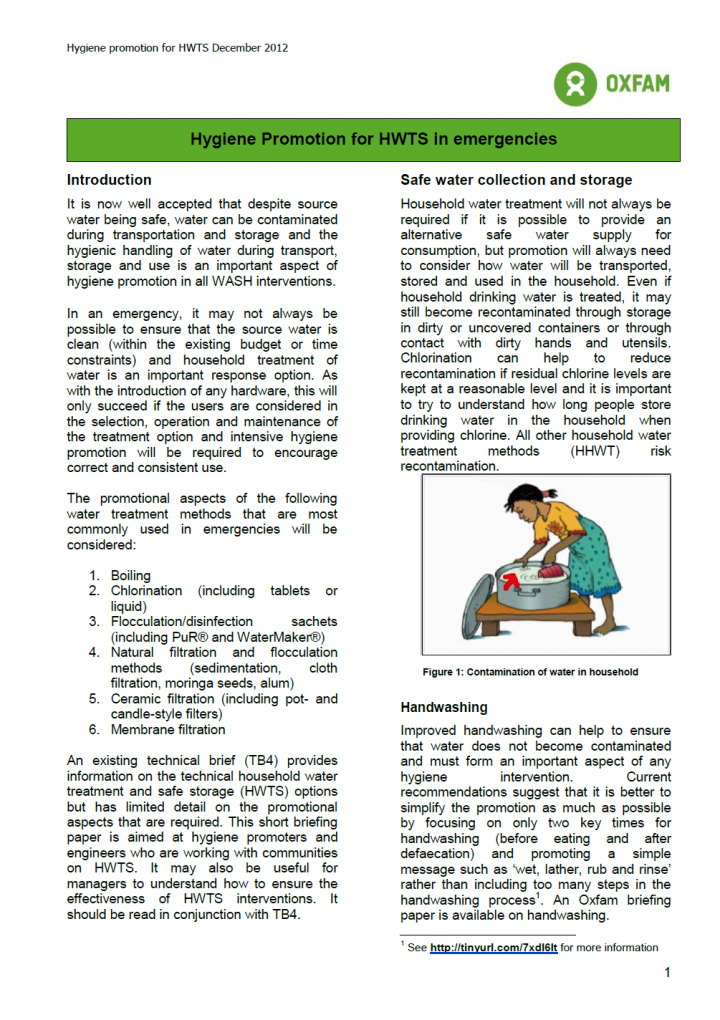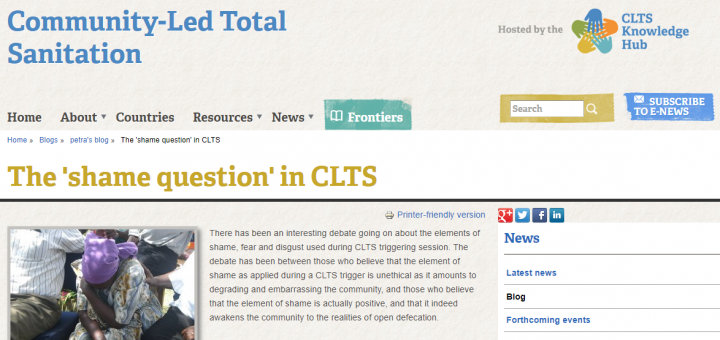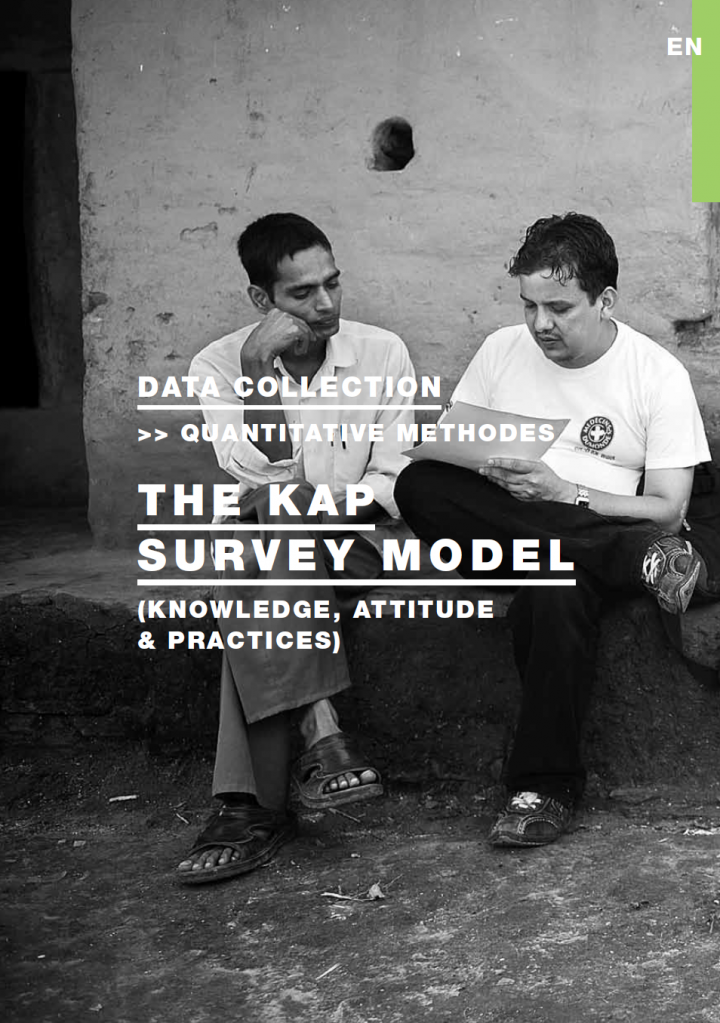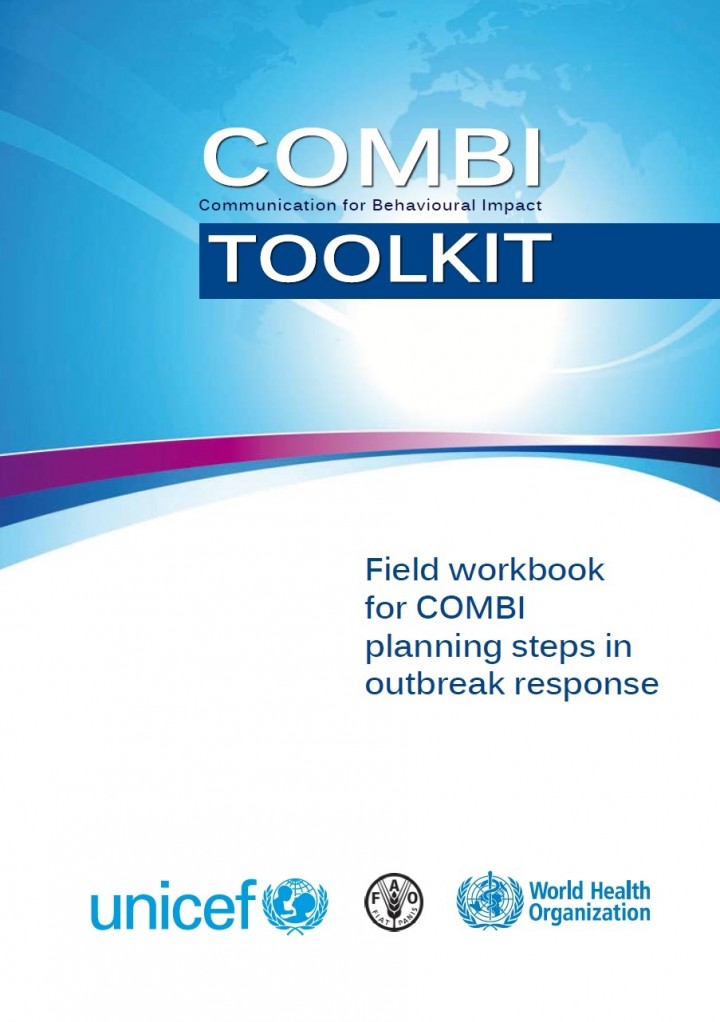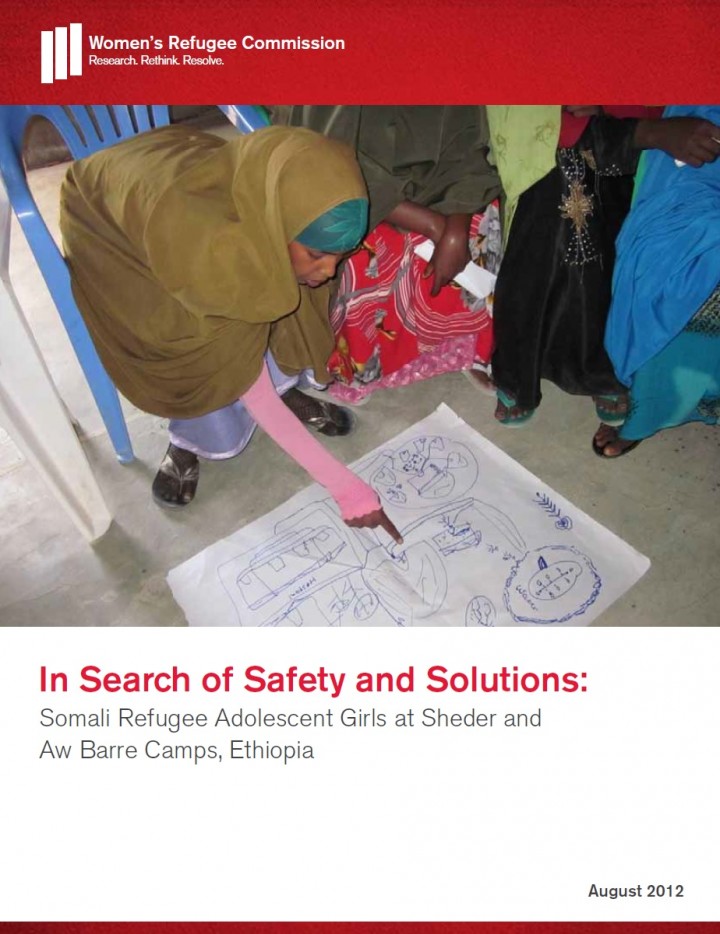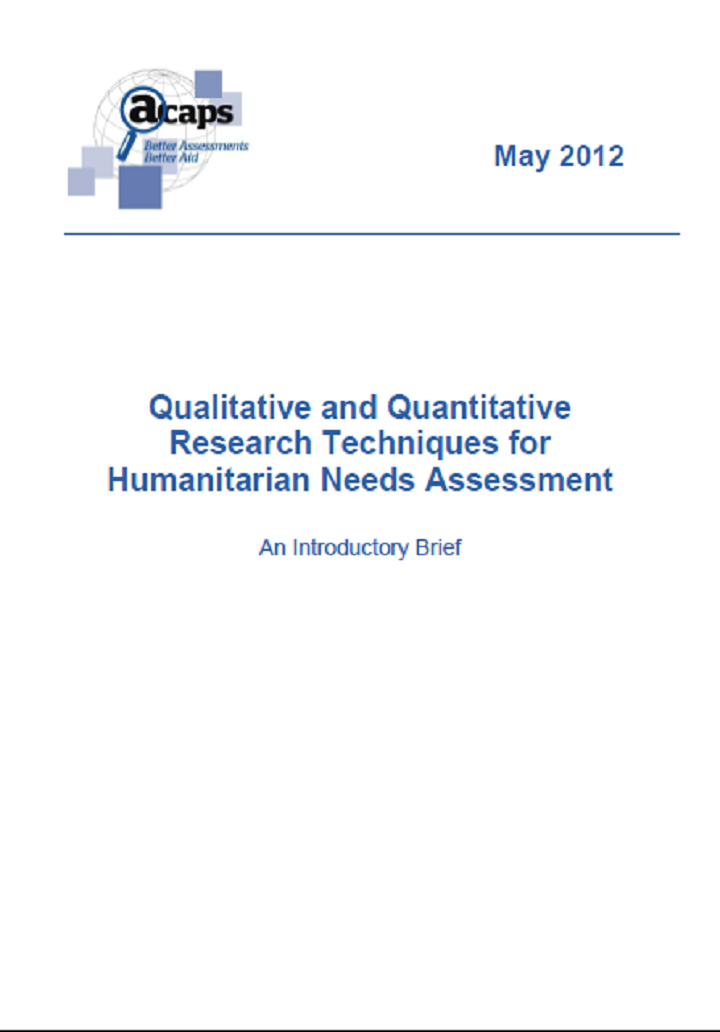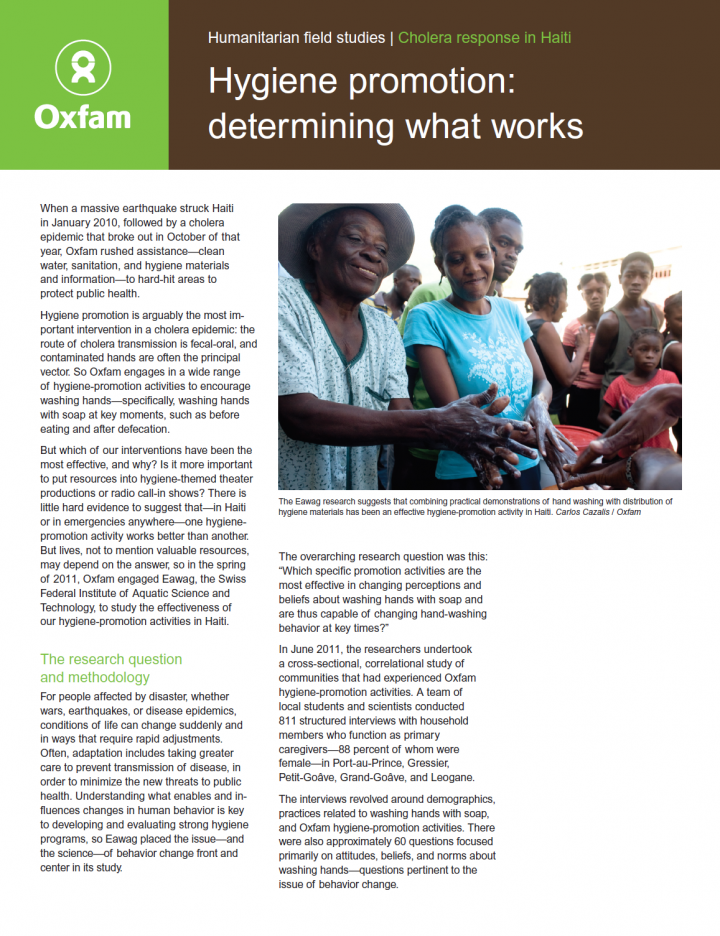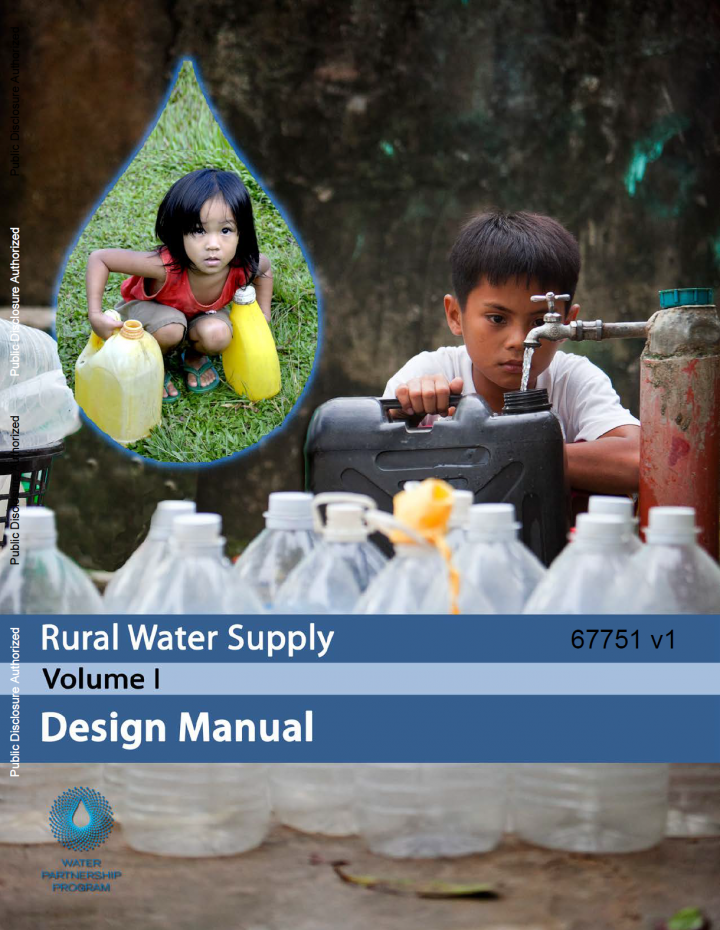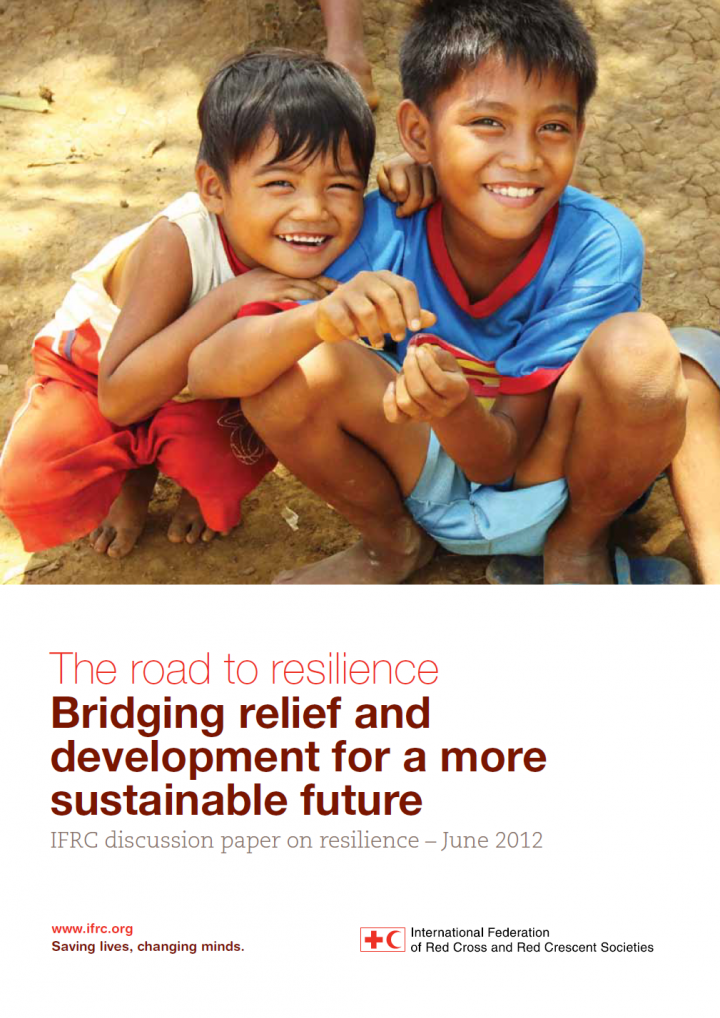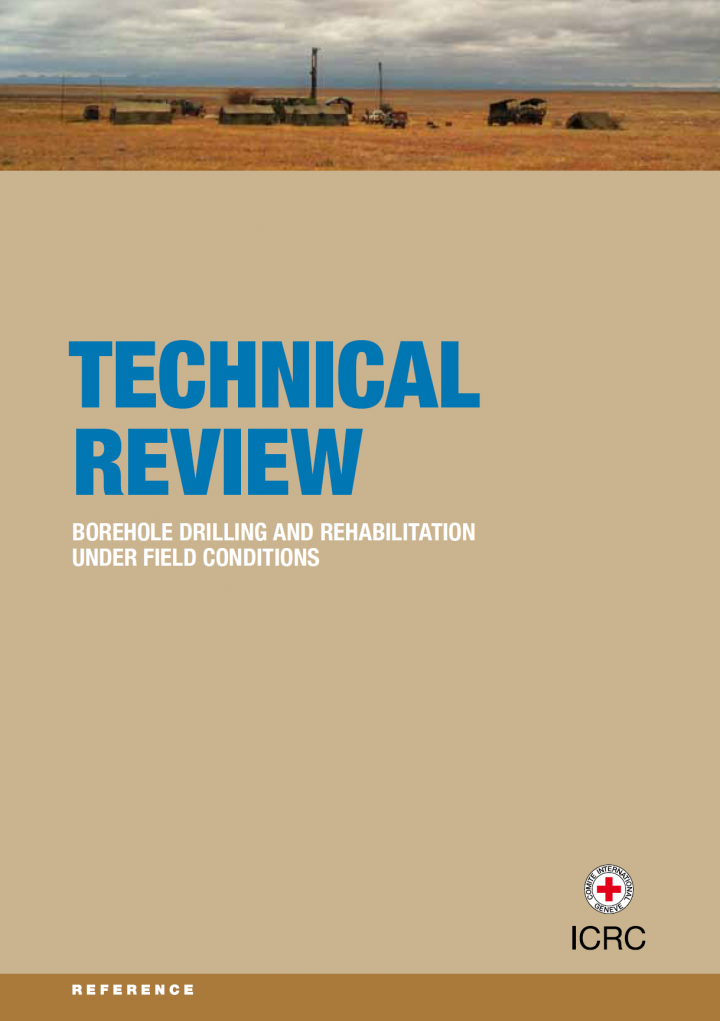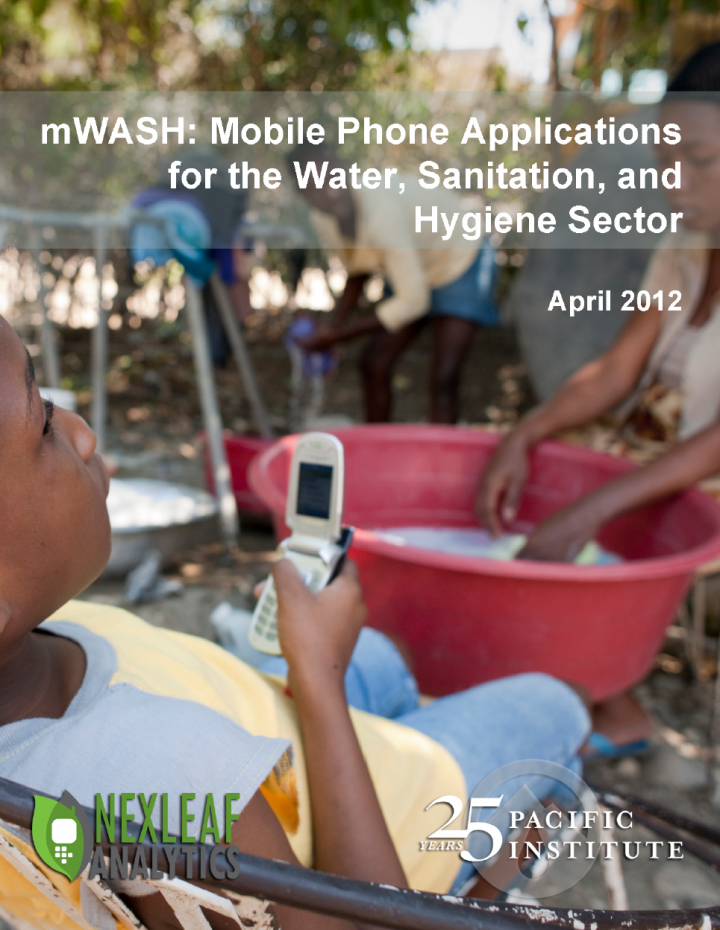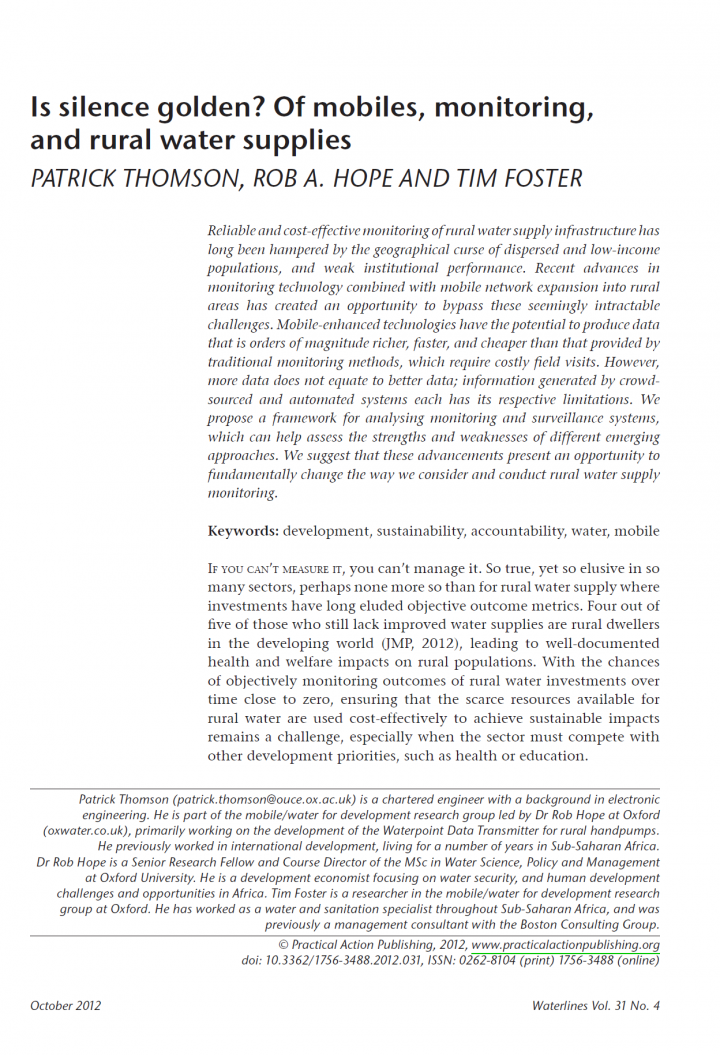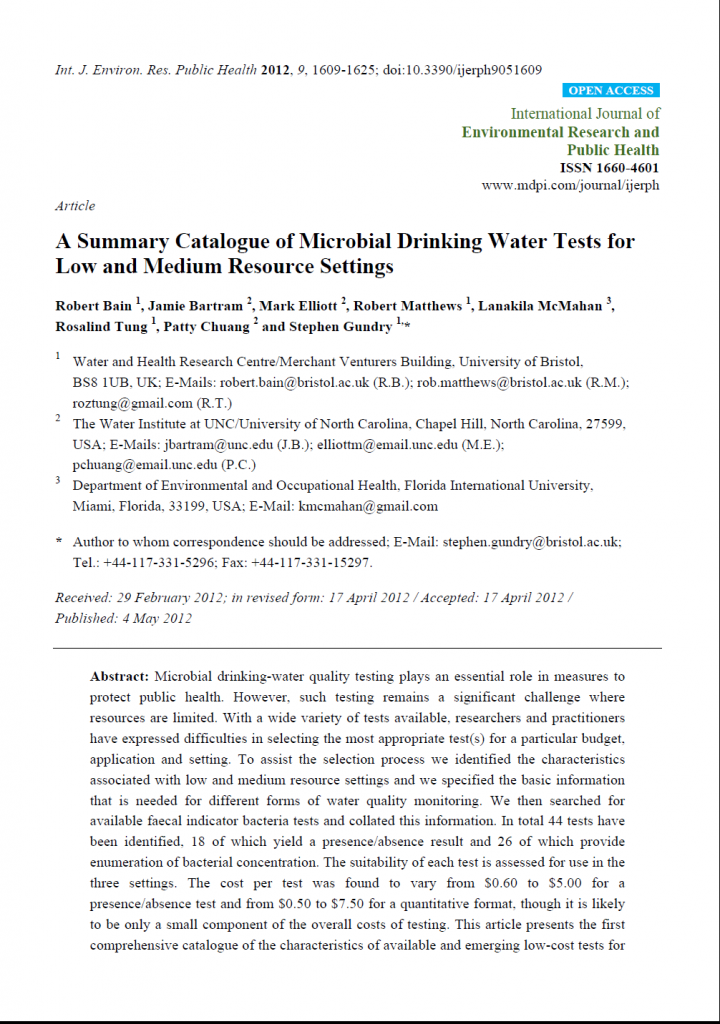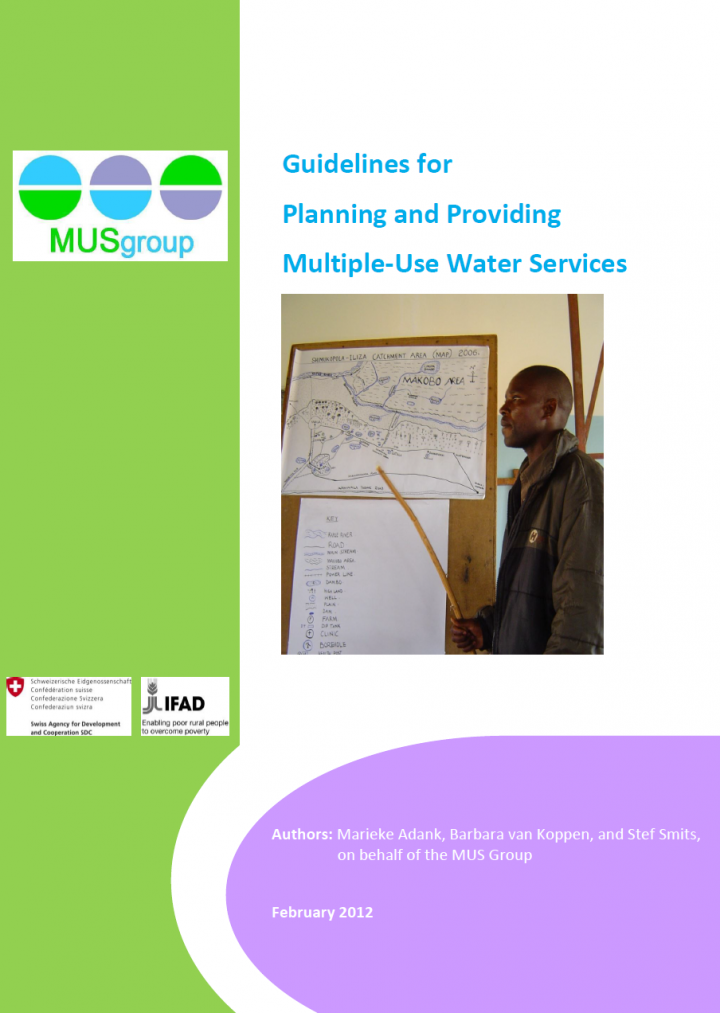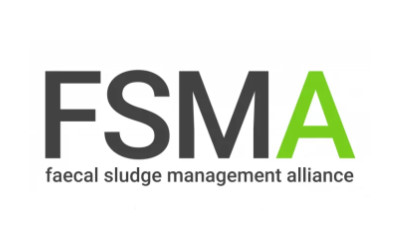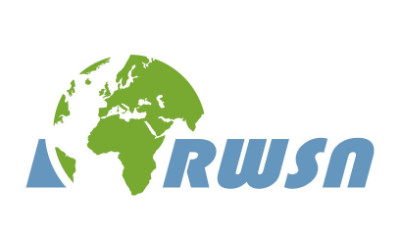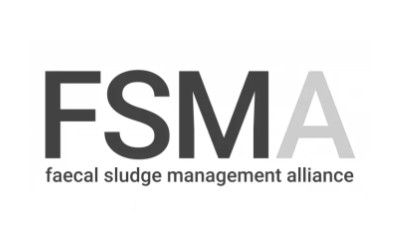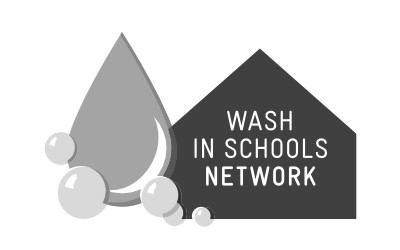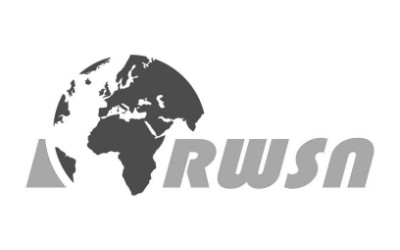Searching for information on Sanitation Workers?
The Sanitation Workers Knowledge + Learning Hub is the best source for all current news, trends, articles and updates on sanitation workers rights around the world.
It is now well accepted that despite source water being safe, water can be contaminated during transportation and storage and the hygienic handling of water during transport, storage and use is an important aspect of hygiene promotion in all WASH interventions
In an emergency, it may not always be possible to ensure that the source water is clean (within the existing budget or time …
There has been an interesting debate going on about the elements of shame, fear and disgust used during CLTS triggering session. The debate has been between those who believe that the element of shame as applied during a CLTS trigger is unethical as it amounts to degrading and embarrassing the community, and those who believe that the element of shame is actually positive, and that it indeed …
The aim of this paper is to present the different steps and rules for the preparation and implementation of quantitative surveys which must be rigorously implemented in order to make full use of the results (i.e. capturing representative data, applicable to the entire population).
This field workbook supports the implementation of the interagency (FAO, UNICEF, WHO) “Communication for Behavioural Impact (COMBI): A toolkit for behavioural and social communication in outbreak response”. It is a handheld guide and notebook for applying the WHO COMBI methodology in 7-steps, during an outbreak. It is primarily intended for risk communication, developmental communication and …
The Women’s Refugee Commission completed a research mission to the Jijiga Somali refugee camps in Ethiopia in April 2012. The research mission was the first of three such missions, which are part of a threeyear global advocacy research project aimed at enhancing the safety and resilience of adolescent girls ages 10 to 16. The purpose of the three-week visit to Ethiopia was to assess Somali …
Collection, collation, analysis, and synthesis of qualitative and quantitative information, gathered and analysed using appropriate sources, tools, and methods is the cornerstone of rapid needs assessments that allows decision makers to plan a timely, appropriate, and coordinated emergency response.
When a massive earthquake struck Haiti in January 2010, followed by a cholera epidemic that broke out in October of that year, Oxfam rushed assistance—clean water, sanitation, and hygiene materials and information—to hard-hit areas to protect public health. Oxfam engaged in a wide range
of hygiene promotion activities to encourage washing hands—specifically, washing hands with soap at key …
This RURAL WATER SUPPLY DESIGN MANUAL is the first of three related volumes prepared for the use of prospective and actual owners, operators, managements, technical staff, consultants, government planners and contractors of small Level III and Level II water supply systems in the Philippines.
Its purpose is to introduce the key concepts and considerations involved in the design of small …
The purpose of this document is to present to our key partners the IFRC’s definition of and perspectives on resilience. It also serves as a reference across the network of National Societies. We invite all key stakeholders to support the Red Cross Red Crescent’s operational work on resilience so that together we can bring about the serious changes
needed for sustainable development in the …
A Water Safety Plan (WSP) is a preventive management approach used to assess and manage threats to a drinking water system— from catchment to consumer.It helps in the
• Management of activities in the watershed to control contamination of source water.
• Removal or inactivation of contaminants during treatment.
• Prevention of recontamination during distribution, storage, and …
The principles and practice of water safety planning are increasingly being adopted around the world as the basis for the provision of safe and clean drinking-water. This process is most pronounced in urban conglomerates where the institutional infrastructure of municipal corporations, parastatal enterprises or private utilities is conducive to their adoption.
Water safety planning has a …
WSPs are a risk-based preventative approach to most effectively protect drinking-water safety and are recommended in the WHO Guidelines for Drinking-water Quality. WSPs are now being adopted worldwide, but they are not always fully understood by all stakeholders. Face-to-face training is therefore essential to ensure globally successful WSP implementation.
The training package consists of …
Boreholes are one of the best means of obtaining clean water in field conditions. However, constructing, or repairing, boreholes requires specialized knowledge and technical expertise, much of which can be gained from the standard literature; but field operations in remote areas or in difficult conditions often require flexibility and imagination in avoiding and solving technical problems. This …
A large number of the billions of people who lack basic access to safe water and sanitation can count a mobile phone as one of their few possessions. Year after year, global and national institutions struggle to provide growing populations with basic water and sanitation needs, while mobile phones have become ubiquitous in the developing world. The spread of mobile phones has greatly reduced the …
Reliable and cost-effective monitoring of rural water supply infrastructure has long been hampered by the geographical curse of dispersed and low-income populations, and weak institutional performance. Recent advances in monitoring technology combined with mobile network expansion into rural areas has created an opportunity to bypass these seemingly intractable challenges. Mobile-enhanced …
Microbial drinking-water quality testing plays an essential role in measures to protect public health. However, such testing remains a significant challenge where resources are limited. With a wide variety of tests available, researchers and practitioners have expressed difficulties in selecting the most appropriate test(s) for a particular budget, application and setting. To assist the selection …
The multiple-use water services (MUS) approach is defined as an approach to water services that
considers the multiple needs of (poor) water users, who take water from a number of sources, and
communities’ own priorities as the starting point for investments in new infrastructure,
management arrangements, the rehabilitation of existing infrastructure, or for improvements in
management …

